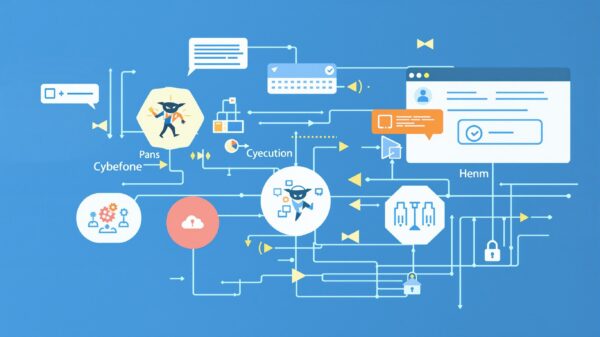The rise of digital dependency, especially during the ongoing pandemic, has led to an unprecedented surge in cyber threats. Global organizations are identifying a substantial increase in threat incidents and, consequently, downtime from cyber events.
Pandemic Impact on Cyber Threats
Heightened reliance on digital devices and internet is significantly contributing to the surge in cyber threats. With more business processes shifting online due to work from home policies, the threat surface has expanded, providing ample opportunities for cybercriminals.
According to a recent report by McAfee Enterprise and FireEye, 81% of organizations across the globe have seen a rise in cyber threats, and 79% reported downtime from cyber incidents during critical business periods. These figures highlight the menace that cybercrimes have become.
Nature of Cyber Attacks
Cyber threats come in many forms, including Denial of Service (DoS) attacks, viruses, malware, spyware, and phishing. Each of these attacks comes with grave consequences, disrupting operations and potentially leading to a security breach and loss of sensitive data.
A cyber threat, by definition, is a potential malicious attack that aims to steal data or disrupt operations through unauthorized system access or other methods.

The Purpose and Benefits of Cyber Threat Analysis
Cyber threat analysis is a process that assesses vulnerabilities and risks that a system might face, aiding in the preparation and mitigation of potential threats. This analysis forms a critical part of an organization’s security strategy by understanding the attackers, their motives, and tactics. Such understanding contributes to building effective defense mechanisms and mitigating risks that could harm the organization’s finances and reputation.
The integral part of threat analysis is risk assessment. Organizations must conduct risk assessments to understand their vulnerabilities and adequately prepare for potential security incidents.
Steps for Cyber Security Threat Analysis
A thorough cyber security threat analysis comprises identifying network assets, monitoring network traffic for any potential threats, triggering investigations when suspicious activity is detected, and formulating response strategies.
A 5-by-5 matrix is a commonly used tool in risk assessment, which helps in evaluating risks by assessing the likelihood and impact of cyber threats.
Risk assessment helps organizations identify potential threats, determine their risk levels, and fosters a risk-aware culture. It is an essential component of managing cyber threats effectively.
Proactive vs. Reactive Strategy
Strategies for managing cyber threats can be broadly categorized as proactive or reactive. Proactive strategies aim at proactive detection and mitigation of threats, while reactive strategies focus on responding to threats as they occur. An optimal strategy incorporates both elements but leans more towards the proactive side.
The end goal of threat analysis is to provide actionable intelligence that can be used to build robust counter-intelligence investigations and implement best practices for protective controls.
The Role of Threat Intelligence
The role of cyber intelligence specialists is vital in preventing and containing attacks promptly, thereby minimizing financial losses from cyber threats. Threat intelligence enhances security at various levels, including network and cloud security, by providing insights into potential vulnerabilities and threats, along with recommendations for mitigation strategies.






















